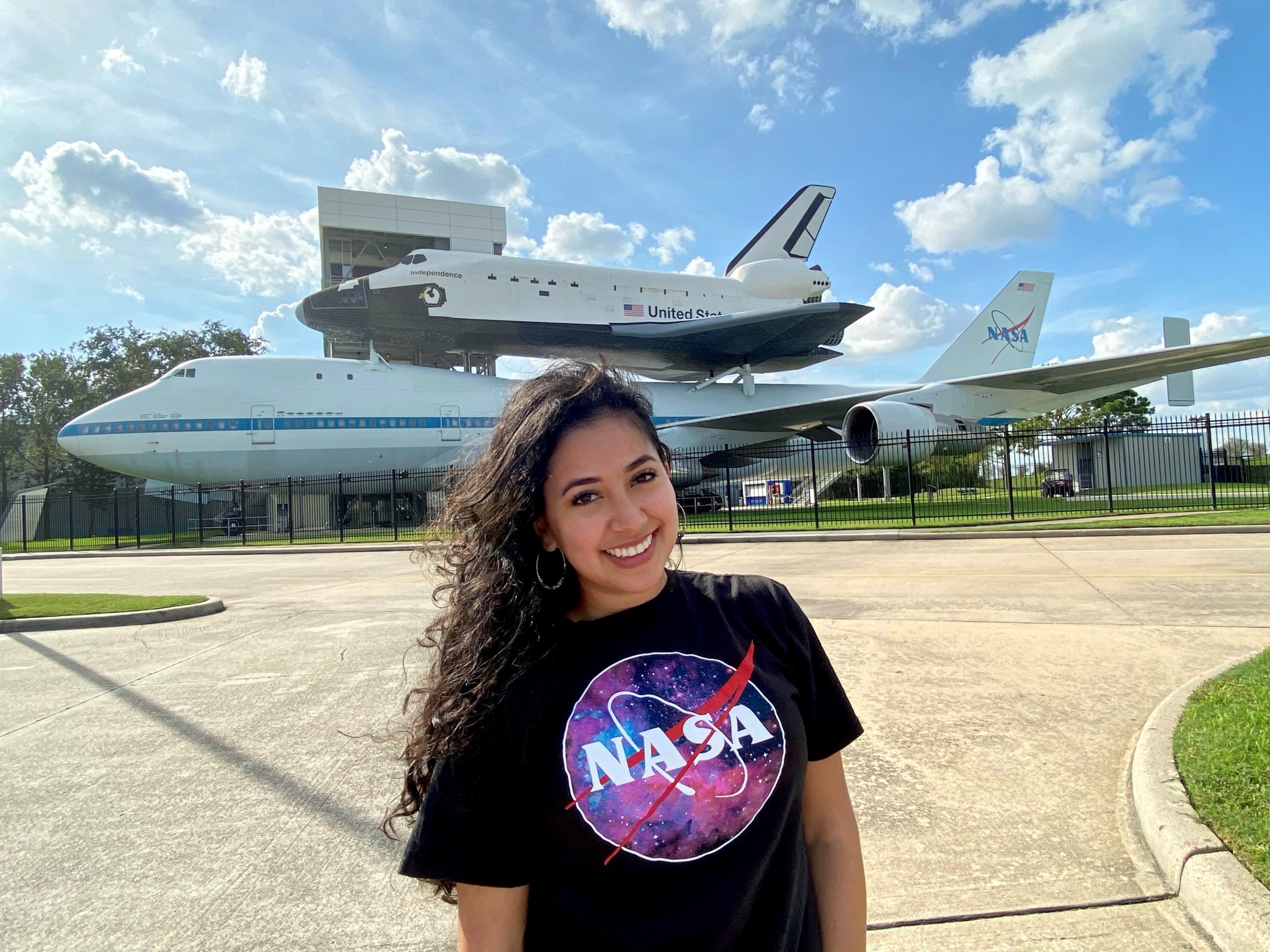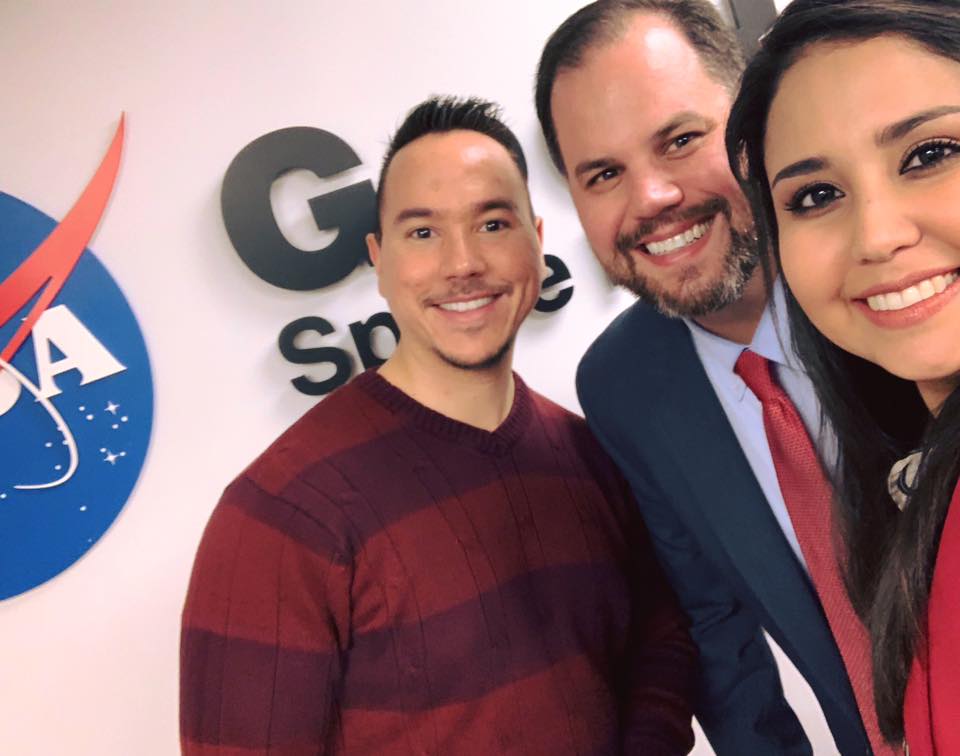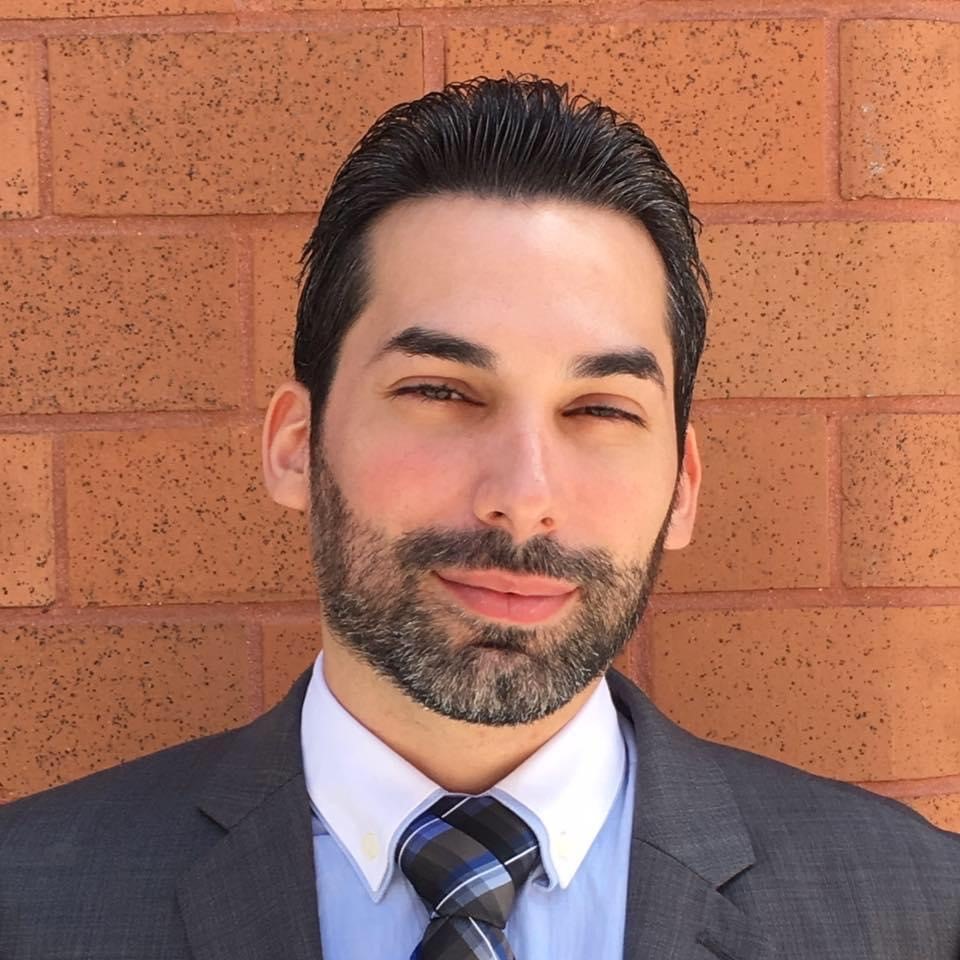At NASA, many employees kick off their careers by pursuing internships or research opportunities that give them insight to careers they would like to pursue one day. For these Hispanic employees, this has been the case with NASA Internships. Our NASA Internships, whether through our Pathways Program or the Office of STEM Engagement, provide unique NASA-related research and operational experiences for educators, high school, undergraduate and graduate students. These opportunities, in science, technology, engineering, and mathematics (STEM) and non-STEM, integrate interns with career professionals emphasizing mentor-directed, degree-related tasks, while contributing to the operation of a NASA facility or the advancement of NASA’s missions. In observance of Hispanic Heritage Month, we are highlighting several former interns now NASA employees and their paths to NASA.
Zaida Hernandez – Thermal Protection Systems (TPS) subsystem manager for Orion Launch Abort System and Service Module, thermal engineer for NASA’s Volatiles Investigating Polar Exploration Rover (VIPER) at NASA’s Johnson Space Center (JSC)
Please describe your role at NASA and how your internship shaped your trajectory at NASA?
My journey at NASA started with an Office of STEM Engagement (formerly Office of Education) internship at NASA’s Johnson Space Center (JSC) in Houston, Texas, in 2009 when I was still in high school. After that I was accepted into the Pathways Program in 2012 while I studied mechanical engineering at the University of Houston. My first Pathways internship was in the Thermal Design Branch, in the Structural Engineering Division which is where I now work full-time. As a Pathways intern, I had the opportunity to work in different areas including the Crew and Thermal Systems Division where I supported the space suits team and the portable life support systems (PLSS) team. Another group I supported was the Dynamic Systems Test Branch in the Software, Robotics, and Simulation Division. I started working at JSC full-time in 2017. In my current position as Thermal Protection Systems (TPS) subsystem manager for the Orion Launch Abort System (LAS) and Service Module, I oversee activities related to TPS materials used on the LAS or SM for future exploration missions such as Artemis 1 and beyond. In this role, I have a chance to collaborate with Lockheed Martin (LM) counterparts and support analysis, testing, and assembly efforts. The thermal team on VIPER is currently investigating various thermal management systems for the lunar rover which will be sent to the lunar surface in 2023 to map water ice resources. As a thermal engineer on that team, I am leading the design and fabrication of the Multi-layer Insulation (MLI) blankets that will protect the rover from the lunar environment. Both positions are very rewarding to work. The teams are very dedicated and the work is extremely interesting! I feel very blessed that I am able to part of these projects and thankful that NASA internships opened up the door for me and led me to a full-time job at NASA.
Javier Ocasio-Perez – Laser Communication Relay Demonstration (LCRD) Mission Integration and Test Manager at NASA’s Goddard Space Flight Center (GSFC)
Please describe your role at NASA and how your internship shaped your trajectory at NASA?
I started working at NASA as a summer intern in 2007, and then did a student cooperative job (now Pathways Program) in 2008. I’ve received a bachelor’s degree in computer engineering from the University of Puerto Rico, Mayaguez Campus in 2009, and have been working full-time at NASA’s Goddard Space Flight Center in Greenbelt, Maryland, since then. My internship with NASA has led to my position today. I’m the mission integration & test (I&T) manager for the Laser Communication Relay Demonstration (LCRD) Project. My responsibilities include the integration of both the LCRD flight payload and the ground segment as well as the testing and verification of functionality of the entire LCRD mission. It’s a very exciting job, I get to lead a large team of engineers from not just NASA GSFC, but also across the country from multiple partner organizations, including the U.S. Air Force, NASA’s Jet Propulsion Laboratory in Southern, California, NASA’s White Sands Complex in Las Cruces, New Mexico and the Northrup Grumman Spacecraft provider at Dulles, Virginia. Getting that many people in sync and accomplishing our I&T goals is challenging, but is also very rewarding, especially working with such an amazing team like the one we have in LCRD. I am matrixed to LCRD Project (Code 451), and my home organization is the Engineering Technology Directorate (ETD), I’m part of the Flight Systems Integration & Test Branch (Code 568). I’ve worked on several flight projects such as the James Webb Space Telescope (JWST) in partnership with the European Space Agency (ESA), and the Astro-H Mission, in collaboration with the Japanese Space Agency (JAXA), as well as collaborated on other NASA GSFC missions and projects proposal work. I am also the co-chair of the Hispanic Advisory Committee for Employees (HACE) at Goddard and an advocate for NASA’s Diversity, Inclusion, and Equal Opportunity department not just for Hispanics but for all minorities on center.
Julie Rivera Perez – senior resources analyst at NASA’s Goddard Space Flight Center
Please describe your role at NASA and how your internship shaped your trajectory at NASA?
I started working at NASA in the summer of 2008, while attending the University of Puerto Rico, Rio Piedras campus. I’ve received a bachelor’s degree in business administration with a major in human resources and minor in marketing. When NASA came to my university to recruit, I had no idea that NASA recruited folks in business fields. I want students to know that they too could work for NASA in STEM or non-STEM fields. Today, I am a senior resources analyst in the Safety & Mission Assurance Business Branch of the Institutional Resources Management Office within the Office of the Chief Financial Officer at NASA. I am responsible for providing technical expertise and guidance about budget planning and funds execution for large support service contracts that provide engineering and programmatic support to the Safety Review Boards (SRBs) for all the major programs and projects at the center. In addition to working in contracts and resources, I also serve as co-chair of the Hispanic Advisory Committee for Employees providing advice, guidance, and recommendations to center management, Office of Human Capital, Office of STEM Engagement, and the Equal Opportunity Program Office in the recruitment, retention, and professional development of the Hispanic community at Goddard. Even though I am in a professional administrative position, working with various projects has taught me to interact with the engineering and scientific community. Working as part of the business team, I am able to be part of the NASA mission!
Erik Eduardo Torres Rodríguez – program specialist at NASA Headquarters
Please describe your role at NASA and how your internship shaped your trajectory at NASA?
I am honored to be a part of NASA’s legacy of excellence and innovation in a non-STEM career. Currently I serve as a program specialist in the Office of Communication (OCOMM) , where I am for the successful operation of the Enterprise Management Office (EMO). I am the primary point of contact regarding budget, procurement and human resources related matters for all OCOMM within the agency. I am a proud graduate of the University of Puerto Rico, Mayaguez campus (UPRM). I received a Bachelor of Science in Business Administration majoring in marketing and human resources. I began my NASA career at NASA’s Goddard Space Flight Center as a summer intern in 2010. GSFC recruiters held an information session in the engineering school and at the end of the session I asked if they had opportunities for non-STEM majors or if they were going to speak at the business school since the flyer only advertised internships in STEM. They informed me that although they were targeting STEM, they did have limited non-STEM openings. As president of UPRM’s school of business I took it upon myself to share this with the dean and internship coordinator in order to create awareness. When I notified the recruiter the next day, she thanked me for following up and asked if I wanted to interview. I hesitantly accepted since I did not have the strongest GPA. She ensured me the same way NASA looks for more than STEM majors they also seek students with other skillsets besides GPA such as passion, drive and leadership. This recruiter took a chance on me and it helped start my career. I took advantage of the internship program to build meaningful connections that ultimately led to employment.
Want to read more stories of the Hispanic workforce at NASA? Visit NASA en Español to meet more faces of the NASA workforce. Read intern stories and blogs to learn more about the #NASAinterns experience. Launch into opportunities with NASA by applying at intern.nasa.gov/.




























